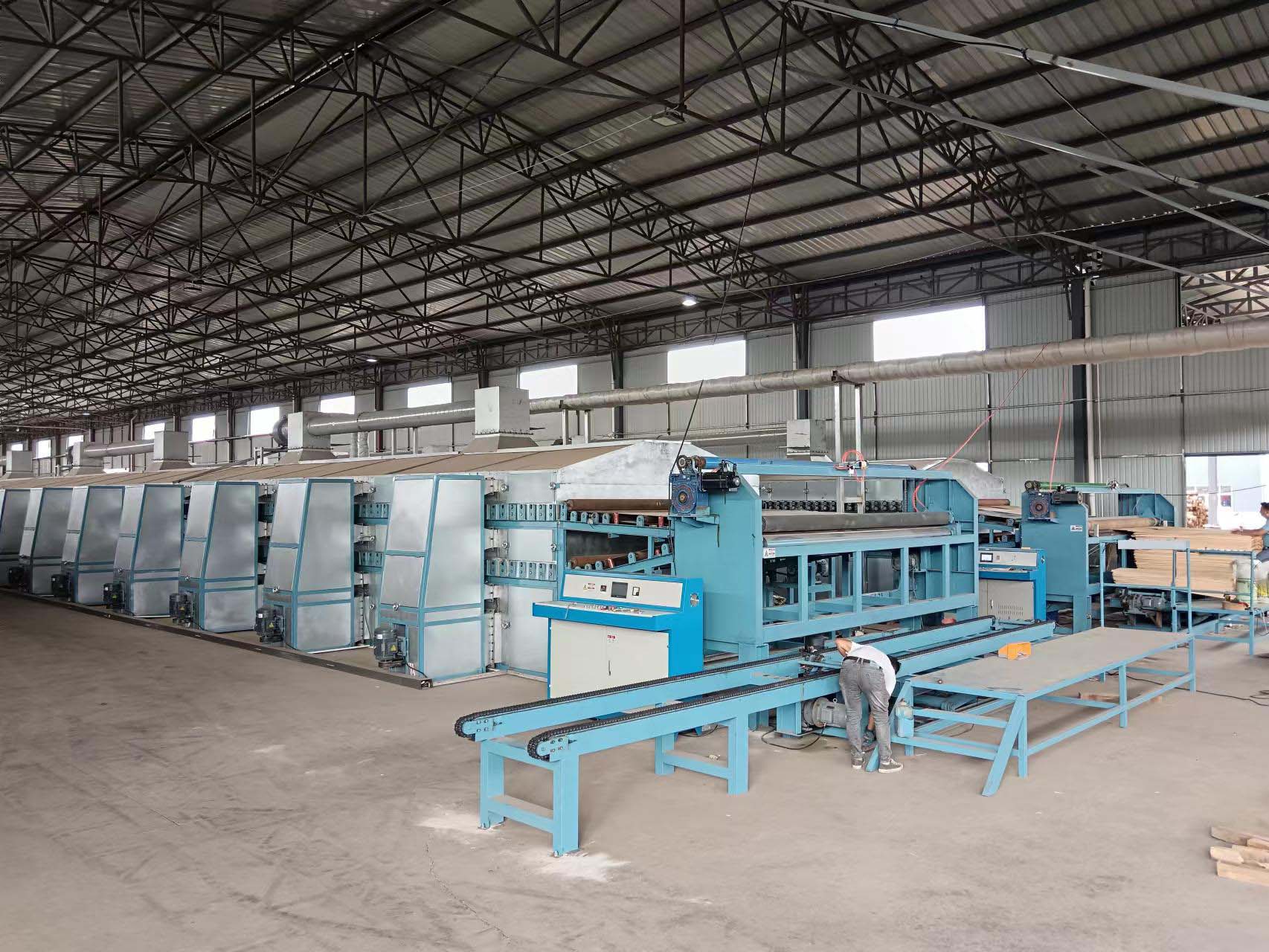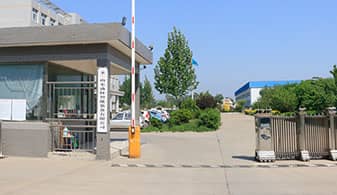How to improve drying speed in a veneer dryer?
How to improve drying speed in a veneer dryer:
Firstly, increase material lifting devices within the veneer dryer according to actual production needs to expand heating area and enhance heat exchange conditions for increased output.
Secondly, particle size also affects drying efficiency; reducing raw material particle size upon entry into the dryer will shorten drying time.
Third, under the conditions of general conditions, our raw materials need to be dehydrated before drying. It will reduce the moisture entering the raw material of the dryer, thus effectively improving the drying efficiency.
Fourth, under the premise of not affecting the nature of the material to be dried and ensuring the normal use of the equipment, try to increase the flue gas temperature and airflow speed.
Good management and maintenance is the basis for ensuring the operation of equipment. In peacetime, equipment maintenance personnel should strengthen the management of drying equipment and improve the equipment operation rate.
Corrected sentence: The veneer dryer is the main equipment for plywood production. The water content of freshly cut veneer is very high, and the veneer dryer is primarily used to dry the veneer, which economically reduces its water content to meet process requirements. The veneer dryer consists of a transmission chamber, drying chamber, and cooling chamber.

Working principle of the veneer dryer:
The material is evenly spread on the net belt by the feeder. The net belt is typically made of 12-60 mesh stainless steel wire mesh and is dragged by the transmission device inside the dryer. The dryer comprises several units that circulate hot air independently. Some exhaust gas is discharged through a special exhaust fan controlled by a regulating valve. Hot gas flows from bottom up or top down through the net belt covered with materials to facilitate heat and moisture transfer, effectively removing moisture from the material. The speed of the mesh belt can be adjusted according to material humidity, allowing continuous feeding of dried products into the feeder. Upper and lower cycle units can be flexibly equipped based on user needs, with selectable unit numbers.





